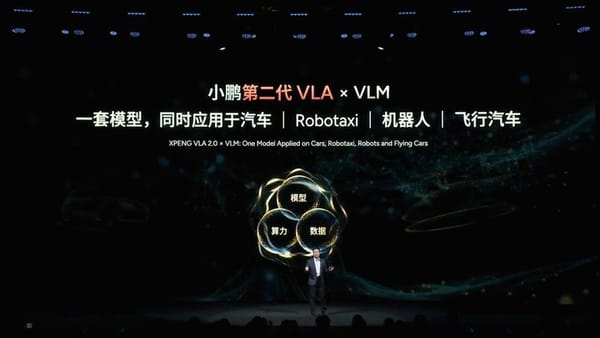Behind an AI Output Rate of 70%+: How the AutoNavi Team Quantifies and Optimizes AI Development Efficiency

Preface


---
Alibaba Assistant's Preface
This guide explains, step-by-step, how to design a scientific and implementable set of quantitative R&D efficiency metrics in the era of AI-assisted programming.
---
1. Introduction
With AI advancing rapidly, AI-assisted programming has moved from simple code autocompletion to full-fledged AI IDEs like Cursor or Qoder, boosting efficiency dramatically.
However, while many companies claim productivity gains, few can measure them accurately. Challenges include:
- No unified metric system
- Data collection difficulties due to varied AI tools
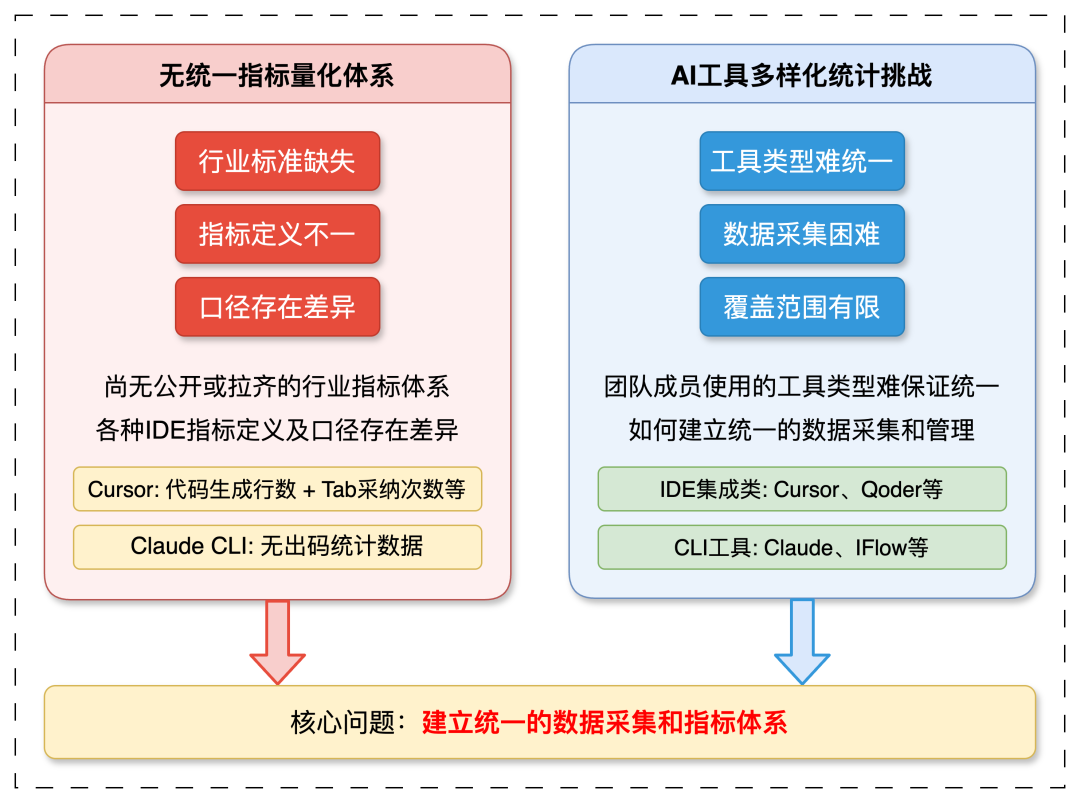
Over months of R&D, we built an AI-unified data collection capability from scratch, defined key KPIs such as AI Code Adoption Rate, and iteratively built an AI efficiency metrics framework—closing the loop: measurement → problem identification → optimization.
---
2. Metric Definitions
Principle: Authenticity First
We only measure code actually submitted to Git, ensuring quality and compliance.
By analyzing Git commits and matching AI-generated code, we can quantify AI's impact on productivity.
---
2.1 Core Metric — AI Code Adoption Rate
Definition:

- AI-adopted lines: AI-generated lines that match commits line-by-line
- Total commit lines: All lines committed within the time window
---
2.2 Additional Metrics
Supporting metrics for deeper insights:
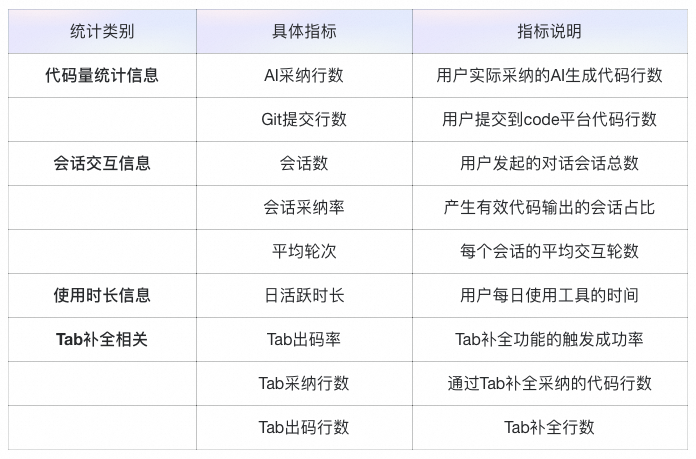
- Code volume statistics — Tracks amount of code produced
- Conversation metrics — e.g. prompts, acceptance rate, dialogue rounds
- Usage duration stats — Tool stickiness measurement
- Tab completion analysis — Share of Tab-based code in adoption rate
---
3. Metric Results
We applied metrics to the Amap (Gaode) Information Engineering and frontend teams using Cursor & Qoder.
Example: August stats showed adoption rising from 30% to >70% in just 3 months.
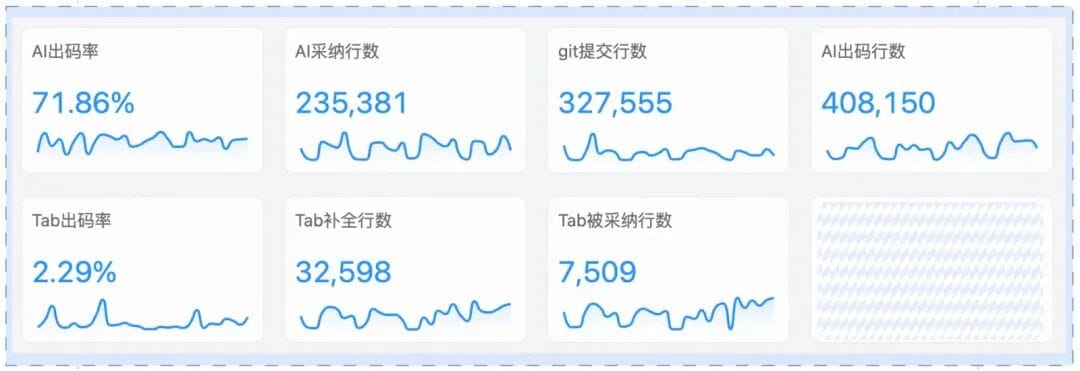
Optimization included:
- Targeting non-ideal AI scenarios
- Adding rules & MCP tooling for document query
- Improving applicability & efficiency
---
Closing Insights
Building authentic, unified, actionable metrics guides both internal tooling and process optimization.
Open platforms like AiToEarn官网 apply similar data-driven loops for creative workflows — measuring, optimizing, and monetizing AI output.
---
Best practices:
- Continuously refine usage strategies — Use metric feedback to compare tools & approaches
- Accumulate usage models — Share methods, host competitions, leverage top performers’ practices
---
4. Solution Overview
We use a layered architecture for indicator evaluation:
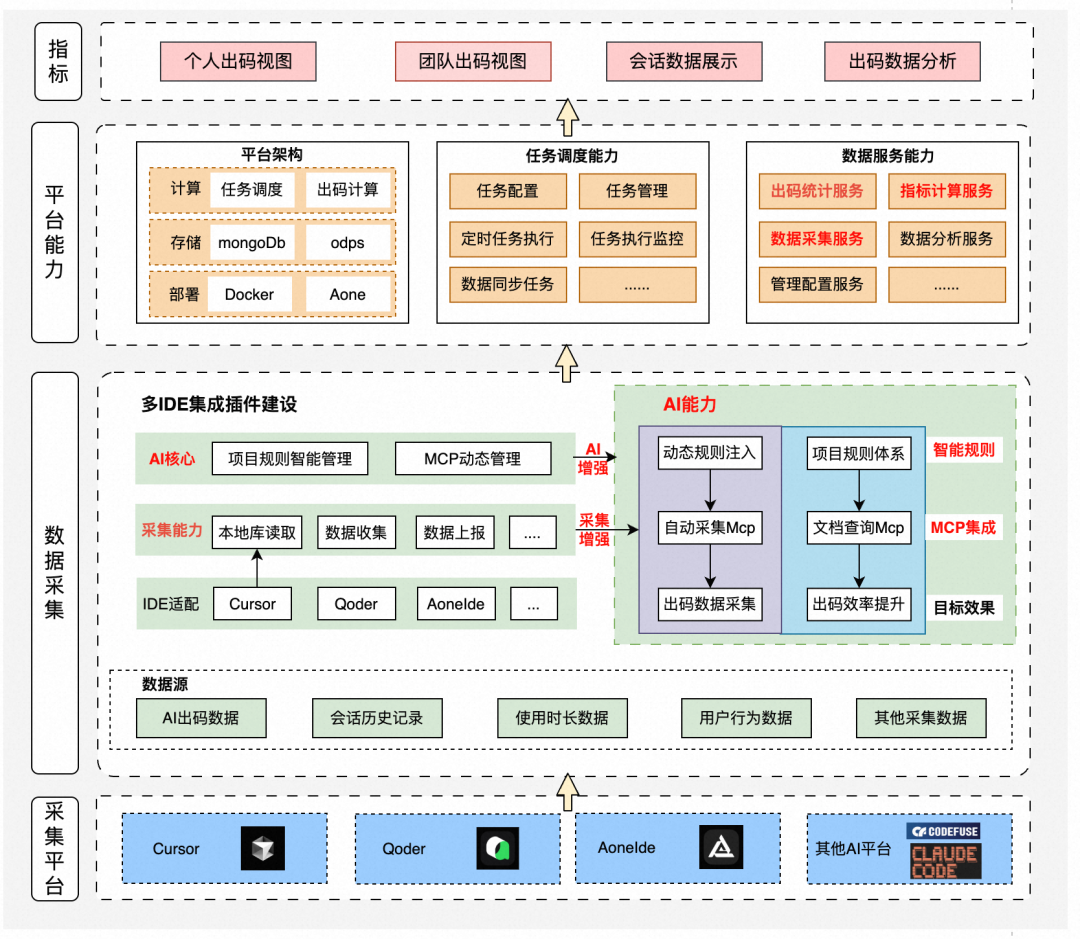
Main modules:
- Multi-IDE plugins (Cursor, Qoder, etc.)
- Data collection: Tab completions, AI session logs, generated code
- Local adaptation: IDE-specific pipelines
- AI rule & MCP capabilities
- Dynamic project rules
- MCP injection for doc retrieval & code data
- Platform components
- Storage, task scheduling, calc engine
- Indicator dashboards (team & personal)
---
5. Practice Process
Core capability: Unified data collection + metrics framework
---
5.1 AI Code Generation Data Collection Analysis
Three mainstream approaches:
- Git commit signatures — Mark AI commits at commit level
- IDE plugin tracking — Line-level tracing via blame & Diff
- Local DB reverse-engineering — Read AI editor DB for structured session data
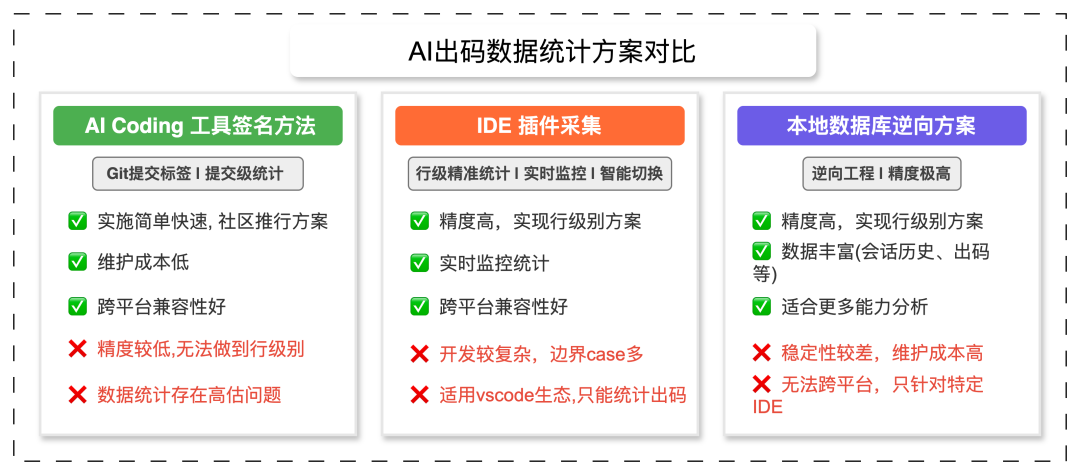
---
Our Method:
We evolved from DB reverse-engineering → MCP protocol standardized collection
Example: Using AiToEarn integration for multi-platform publishing & analytics complements these metrics, making AI productivity measurable beyond coding.
---
MCP Standardized Collection Advantages
- Works across IDEs & CLI tools
- Future-proof & compatible
- Lower engineering complexity
Workflow:
- Prompt forces MCP execution
- MCP records before/after file edits
- Diff analysis calculates AI-generated lines
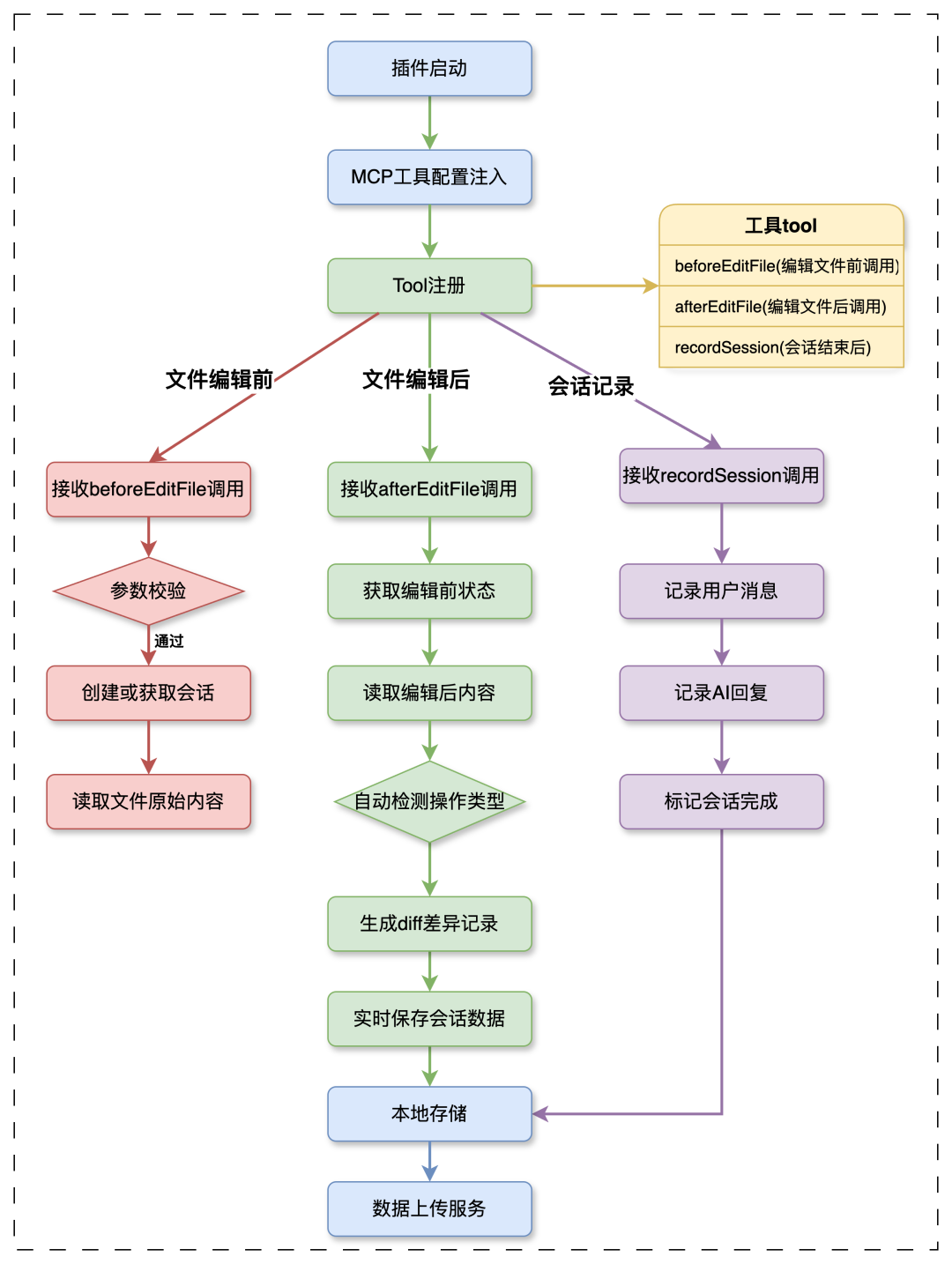
Drawbacks:
- Dependent on prompt usage quality
- Data not invisibly collected
---
5.2 Prompt Design & Optimization
We split rules into:
- Business rules — modular, knowledge-base driven
- Intelligent collection rules — targeted prompt injection for clean MCP execution
Optimized business rule flow:
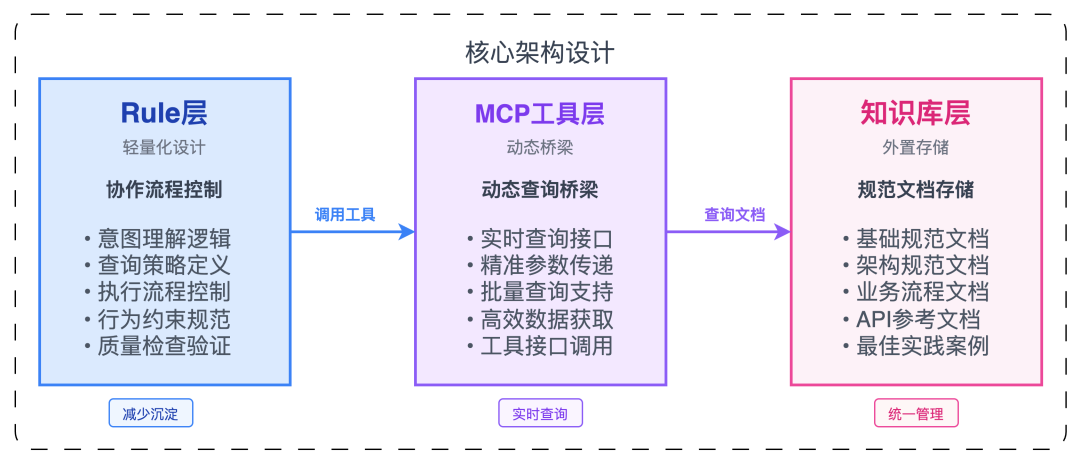

---
MCP Automatic Collection Policies
Core Principles
- Only changed files recorded
- Trigger before/after operations like `create_file`, `edit_file`, `delete_file`
Execution Flow
Pure chat:
Conversation ends → recordSession
File changes:
beforeEditFile → [op] → afterEditFile → recordSessionMandatory Requirements
- 100% coverage
- Strict before/after pairing
- Absolute paths
Violation Handling
Immediate detection, correction, re-run
---
5.2.3 Results
- Cursor → DB reverse-engineering
- Claude Code + Qoder → MCP triggering rules
---
5.3 Metrics Calculation
Stages:
- Prepare data — Collect Git & AI code sets
- Match code lines
- Calculate metrics (V1 basic, V2 filtered, Quantile-enhanced)
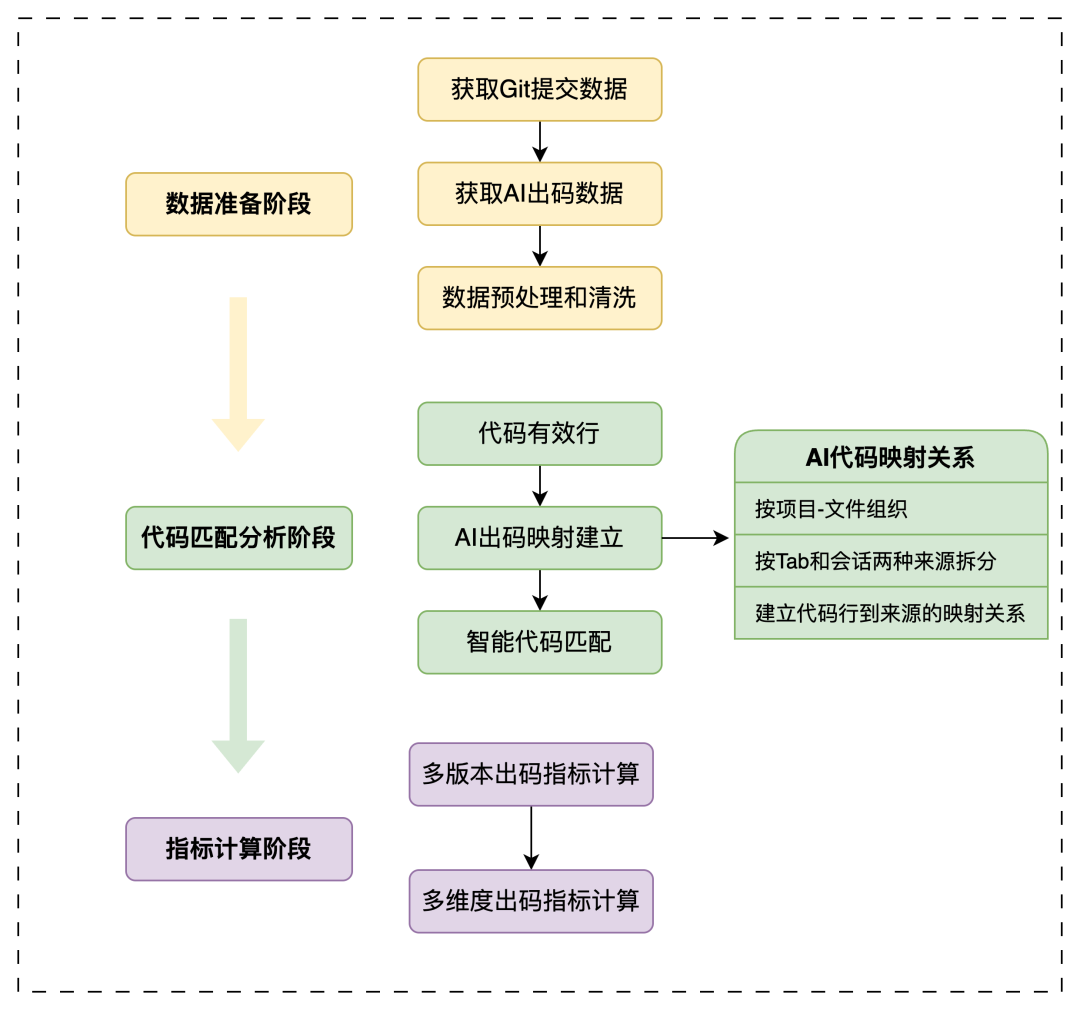
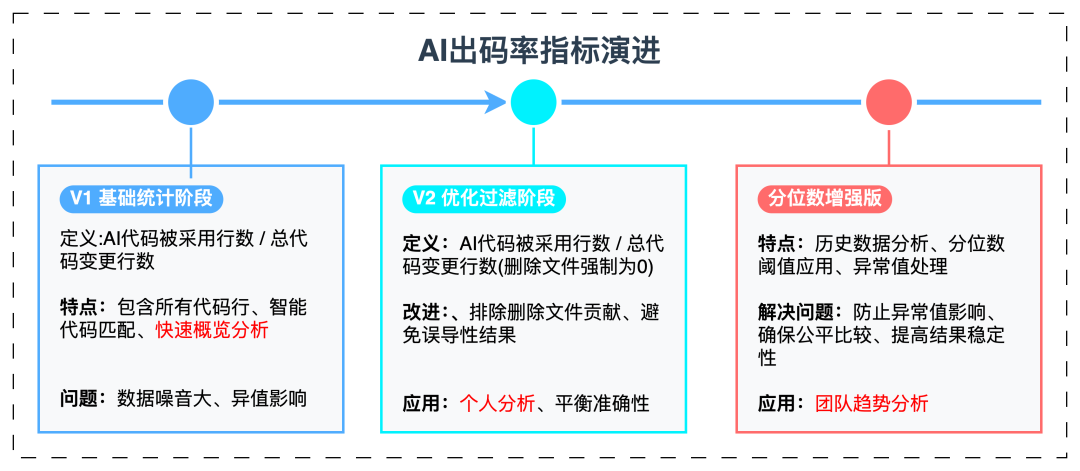
---
6. Summary
Different AI tools have unique workflows, but measuring AI code generation rate lets teams:
- Quantify adoption
- Guide shifts from passive AI use → active AI-driven coding
We moved from manual coding to AI-assisted development in under 3 months — boosting efficiency and AI fluency.
---
Reference:
Kernel AI Coding Assistants Rules Proposal
---
Qwen-Image Tip:
Use Qwen-Image for clear multilingual text in AI-generated graphics, plus image-to-video conversion.
---
Platforms like AiToEarn官网 unify technical AI usage metrics with creative publishing analytics — bridging code-gen KPIs and content monetization pipelines.


